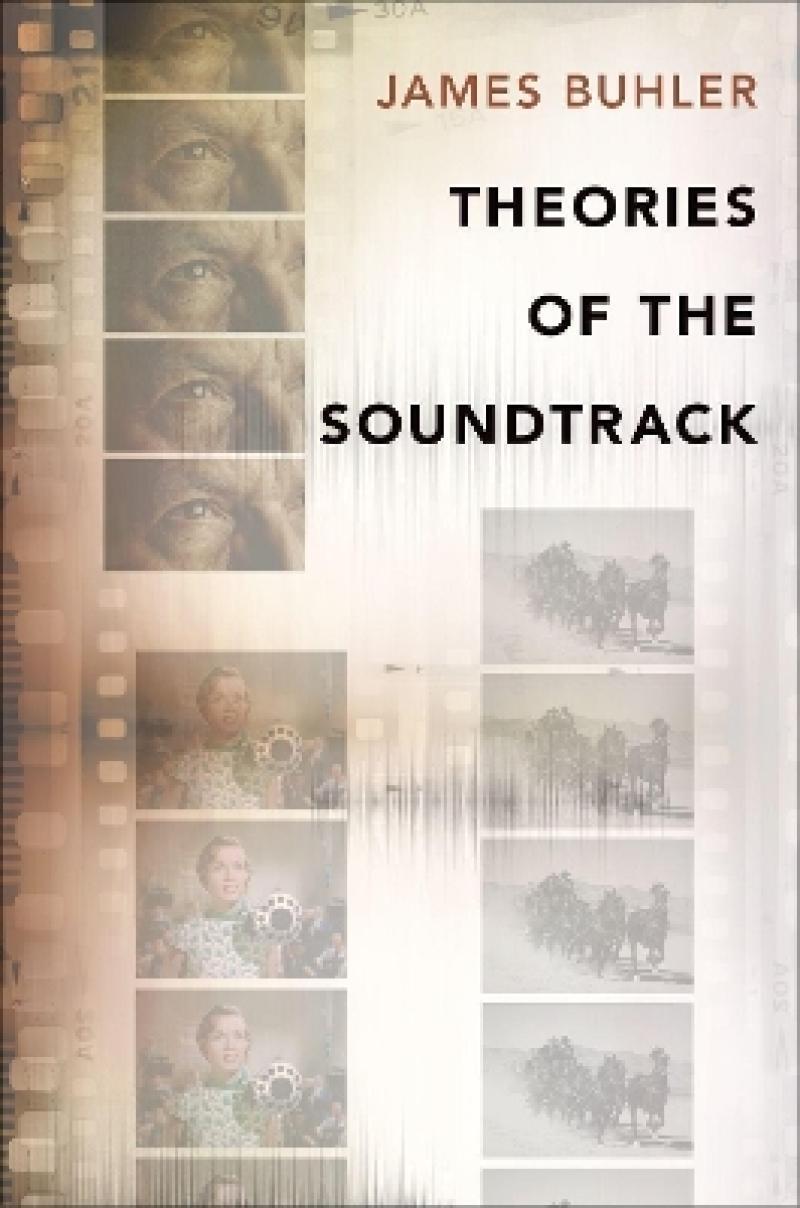This is a useful presentation of past and current theories about the soundtrack and the role sound plays in film.
K. George, CHOICE
This study is astonishing for the amount of film theory it traverses and makes compelling. Its methodology is remarkable, especially in the way it moves both chronologically and topically through film theory while carefully keeping the discussion of film sound and film music completely grounded within the larger theoretical frameworks in which they appear. Buhlers mastery of the subject allows him to explain complex theories with clarity and precision, but also to make sophisticated and illuminating comparisons between them. This book makes film theory not only immanently approachable for film sound and music scholars alike, but also absolutely essential.
Julie Hubbert, University of South Carolina
James Buhler provides an excellent overview of Anglo-American, Soviet, German, and French accounts of the film soundtrack. He cuts through the jargon, with clear and sophisticated explanations that also allow us to see each theory in a wider intellectual context. For those interested in screen music, this will surely become a must-read.
Julie Brown, Royal Holloway, University of London
